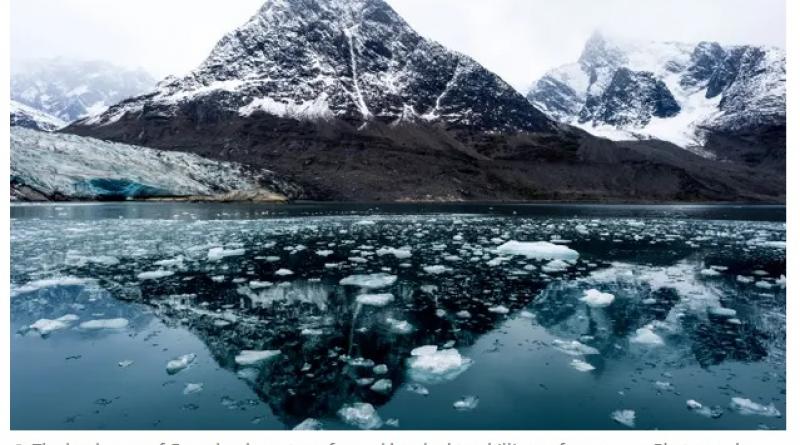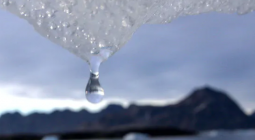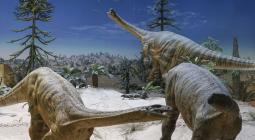Hot news from two billion years ago: plankton actually moved mountains

Our planet’s geology shaped life on Earth. But now scientists reveal it worked the other way around too
The mighty forces that created our planet’s mountains in ancient days got some unexpected help, scientists have discovered. Their research shows some of Earth’s greatest ranges got a boost from primitive lifeforms whose remains lubricated movements of rock slabs and allowed them to pile up to form mountains.
If it had not been for life on Earth, the surface of our planet would have been flatter and a lot more boring, say scientists at Aberdeen and Glasgow universities where the research was carried out.
“Mountains are formed by slabs of rock piling up on each other,” said lead author Professor John Parnell of Aberdeen University.
“But piling on that scale would have been impossible because of the friction between the rocks. Something had to help those rocks slide over each other.”
Parnell and his colleagues have discovered that the source of this lubrication came from an explosion in the growth of primitive plankton around two billion years ago. This took place in the wake of a major climatic change that affected Earth and had a lasting effect on its surface.
Plankton are microscopic plants that lie at the base of the marine food chain and are vital to the health of ocean life today. Their role in influencing our planet was even greater two billion years ago, however. “They sank quickly when they died and were buried to make a rock with unprecedented amounts of carbon, which was turned into graphite by heat and pressure,” said Parnell.
“Graphite makes a great lubricant. Locks, hinges and zips all move more easily with graphite, and so do rocks,” he added.
“Two billion years ago, it lubricated the piling up of mountain ranges. Tectonic plates caused rocks to push together, and the graphite laid down by plankton let those slabs slide over each other and build higher and higher piles. The end results were mountain ranges.”
The crucial point about this discovery is that the interaction of geological forces and life on Earth was a two-way process. The former created the favourable conditions – such as the oceans – for life’s emergence and evolution.
But Parnell and his colleagues, whose research has been published in the nature journal Communications Earth & Environment, have shown the reverse was also true. Life on Earth influenced the geology of our planet. As Parnell put it: “Earth and its biosphere are intimately linked in ways not previously understood.”
Parnell added that although many of the mountains made two billion years ago have worn down, evidence of their roots can still be seen in ranges in China, North America, Greenland, and Scandinavia. In Britain, evidence for this ancient lubricating of tectonic processes can still be seen in north-west Scotland – in Harris, Tiree and Gairloch, he added.
Graphite clearly played an unexpected role in shaping our planet and is likely to continue making an impact in the near future, added study co-author Dr Connor Brolly, from Glasgow University. “Graphite buried in Earth’s crust is in high demand for future green technology, for use in items such as fuel cells and lithium ion batteries.
“This two-billion-year-old event, which was responsible for shaping our natural world, now has the potential to play a key role in its preservation for future generations.”
Parnell agrees: “Those plankton that died two billion years ago did not just help build the world’s first mountains. They might help us save the planet in future years.”





